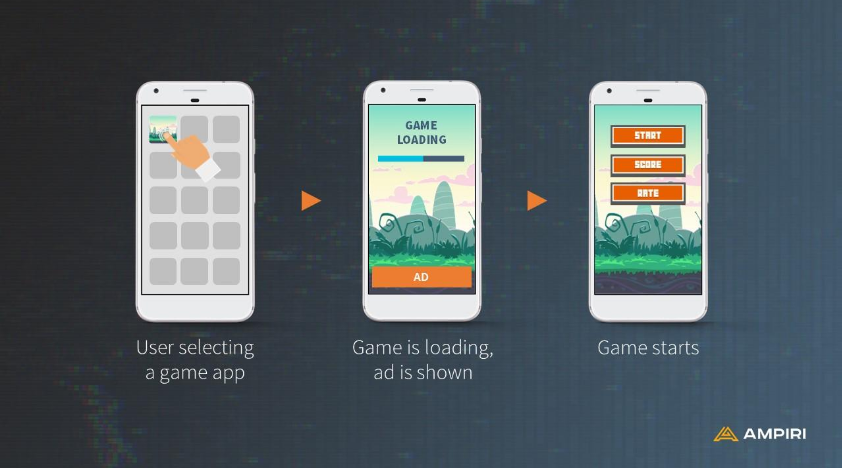In preparation for the new year, PerformanceIN continues its annual tradition of connecting with performance marketing experts to get their single biggest prediction for the industry in 2017.
In this piece, Robert Wildner, Glispa Global Group’s VP of media operations and head of Ampiri, talks about native as 2017’s ad format of choice.

As a format, native already proved itself highly successful long ago. Native ads are designed to fit in with the content that surrounds them, with the intention of appearing unobtrusive and therefore increasing click-through-rates (CTRs). CTRs four times higher than traditional display ads can attest to the power of the format.
Demand for native ads, particularly on mobile, rose steadily over the last year, with US spending on native ads growing 50%. The industry found itself looking for a way to scale these through programmatic means, something which has long been possible for traditional banner ads and other standardised formats. As a result, technical standards for mobile native ads were introduced and adopted throughout the course of 2016. With these in place, a lot of services were able to start offering automated buying and selling of mobile native ads through programmatic exchanges.
Looking forward to 2017, as technical implementation of these standards becomes more widespread and native ads can be implemented more easily, the industry needs to ensure that the core benefit of a native ad – being unobtrusive – is not lost. App developers and advertisers alike need to ask themselves: what is it that makes an ad native?
In the coming year, mobile will be all about native ads, timing and data. We will need to see more investment in two specific areas – the timing and relevance of mobile native ads. Just making an ad look like the surrounding content is not enough for it to be considered native given today’s technical possibilities.
Optimising for timing
With a lot more app developers now starting to implement native ad slots into their apps, they will need to start paying more attention to user flows within their apps to ensure they are displaying native ads at the right time. Even if an ad looks a lot like its surroundings, it can be obtrusive if it’s triggered at the wrong time. User flows will become essential tools in making sure an ad is triggered at the exact moment the user is most likely to click on it.
As the barriers to scaling native ads fall, advertisers will start to expect better use of data to ensure their ads reach the right people. Native ad providers with access to large databases of user profiles, particularly those storing behavioural data, will be able to offer more sophisticated targeting to ensure that the ad not only fits into its surroundings, but also offers users exactly what they want, at the right time.
The incredible growth of native programmatic advertising is a testament to these standards being implemented, and while 2017 will see a lot more budget allocation for native programmatic on mobile, the responsibility lies with marketers in the mobile advertising industry to ensure that native ads become ever more relevant as they become more widespread.



